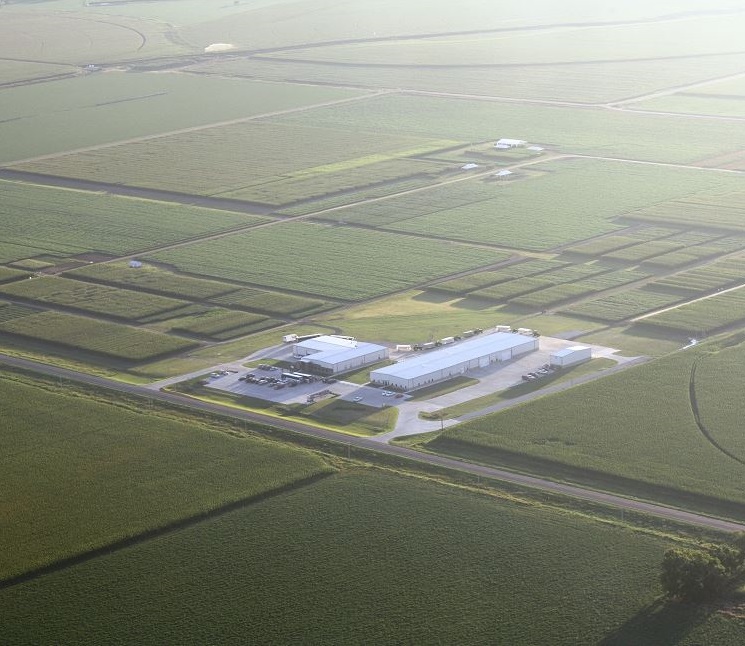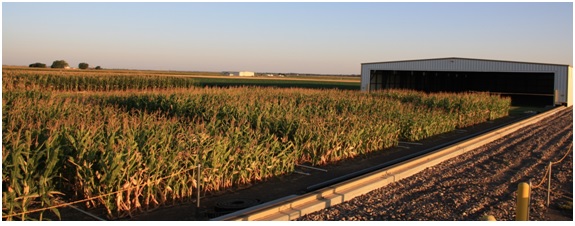Stories | April 25, 2017 | Read Time: 2 minutes
Making an Impact on Water Utilization in Gothenburg, Nebraska

Gothenburg Water Utilization Learning Center
Gothenburg Water Utilization Learning Center
The Gothenburg Water Utilization Learning Center was developed to provide answers and solutions to current questions and issues raised in production agriculture. The focus at the facility is to help farmers achieve their yield and productivity goals with an emphasis on water utilization.
The 324-acre operational learning center opened in 2009 and has hosted 29,000 visitors from more than 50 countries. Visitors see how farmers can use systems-based agriculture to manage drought and improve yields while using fewer inputs such as water and fertilizer.
Gothenburg, Nebraska, was chosen for the facility’s location because it is near the center of the state, where an average of 23 inches of rain falls each year, compared to 36 inches in the east and 14 inches in the west.


The learning center is open for tours and teaches thousands of visitors each year about agriculture and natural resources, and gives them knowledge that can help them use fewer resources to grow increased yields.
Many visitors aren’t farmers, or even have a background in agriculture. From students to farmers to academics, everyone is welcome, including the general public. Each tour is customized, but because more than 90 demonstrations are held out in the field, and each tour group typically only sees 20 to 30 of them, visitors can come back several times and still not see it all.
One of the most visually impactful demonstrations shows visitors the right and wrong ways to prepare for drought conditions from a genetic, trait, and agronomic systems standpoint. There is also a mobile rainout shelter which simulates drought conditions. It moves on rails and can keep crops dry during rain and then be removed so the crops can continue growing as if in drought conditions.
Research conducted using the rainout shelter has suggested different corn hybrids respond differently to varying rates or timing of irrigation. The shelter allows Gothenburg researchers to test these various water management strategies in more detail and provide possible benefits of that research to help farmers make decisions.
The sustainability of agriculture depends on the kind of research conducted in Gothenburg. The results ensure farmers are able to conserve water and continue to improve crop yields, which helps feed the world’s growing population.










